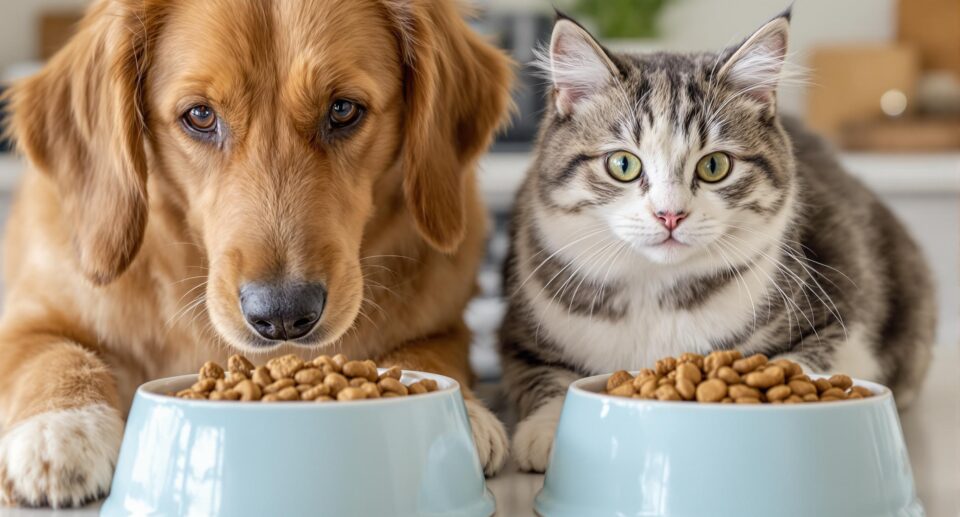All About Limited Ingredient Diets For Dogs

Have you heard about limited ingredient diets for cats and dogs? This label is popping up on new pet foods everywhere, though it may not be obvious what they’re for and whether they would be beneficial for your cat or dog.
Limited ingredient diets are designed for pets with intolerances as a way to limit their exposure to allergens. If your pet does not have symptoms of an intolerance, they do not need a limited ingredient diet, though it wouldn’t be harmful to them.
Even so, a food with more ingredients is not necessarily less healthy. A food that contains many protein sources, for example, chicken, beef, salmon, and quail, can contain a wide range of naturally occurring nutrients and may not need many artificial supplements to meet your pet’s daily nutritional requirements.
A limited ingredient diet for cats and dogs typically contains a short list of ingredients that includes one protein source and one carbohydrate source. However, there is no official definition for a limited ingredient diet, so you’ll want to turn over that bag of food and check the ingredients list for the full scoop.
How To Use A Limited Ingredient Diet For Pets With Intolerances
You might suspect your cat or dog has a food intolerance if they suffer from itching, hair loss, hot spots, chronic ear infections, poor digestion, and/or a strong yeasty odor similar to buttered popcorn radiating from different areas of their body. Keep in mind that these symptoms can have many underlying causes so it’s best to talk to your vet first before proceeding with a dietary change.
When your pet has an intolerance, they may lack the enzymes needed to digest certain foods. You may notice symptoms hours or even days after they consume the triggering food. An allergy, on the other hand, causes severe, sometimes life-threatening symptoms moments after the food is eaten.
Pets with intolerances may have issues with multiple foods, and may also suffer from environmental intolerances from substances like grass, pollen, wool, or even household cleaning products.
To figure out what’s making your pet itch, you can create an elimination diet using a limited ingredient food made up of a novel protein and carbohydrate source, which must be ingredients that they do not normally eat. For example, if they typically eat a chicken and rice food, you’d try a lamb and oatmeal food. If your pet responds well to the elimination diet, you can slowly add back other foods and see which ones cause a flare-up.
Most intolerances in cats and dogs are triggered by proteins like chicken, tuna, and beef. As it’s the proteins that cause a flare-up, a food that contains chicken fat can still be appropriate for a pet that has a chicken intolerance.
To speed up the process, you can use the at-home 5Strands Pet Intolerance Test to find out which foods and environmental triggers are causing your pet’s symptoms. It’s easy, just order a kit and use the enclosed instructions to send a hair sample to their lab. You’ll get a list of your pet’s triggers via email in 7-10 days. From there, you can select limited ingredient foods that do not contain ingredients that show up in their test results.
If Your Pet’s Limited Ingredient Diet Does Not Work
If your pet’s symptoms persist even with dietary changes, contact your veterinarian or veterinary nutritionist for help.





